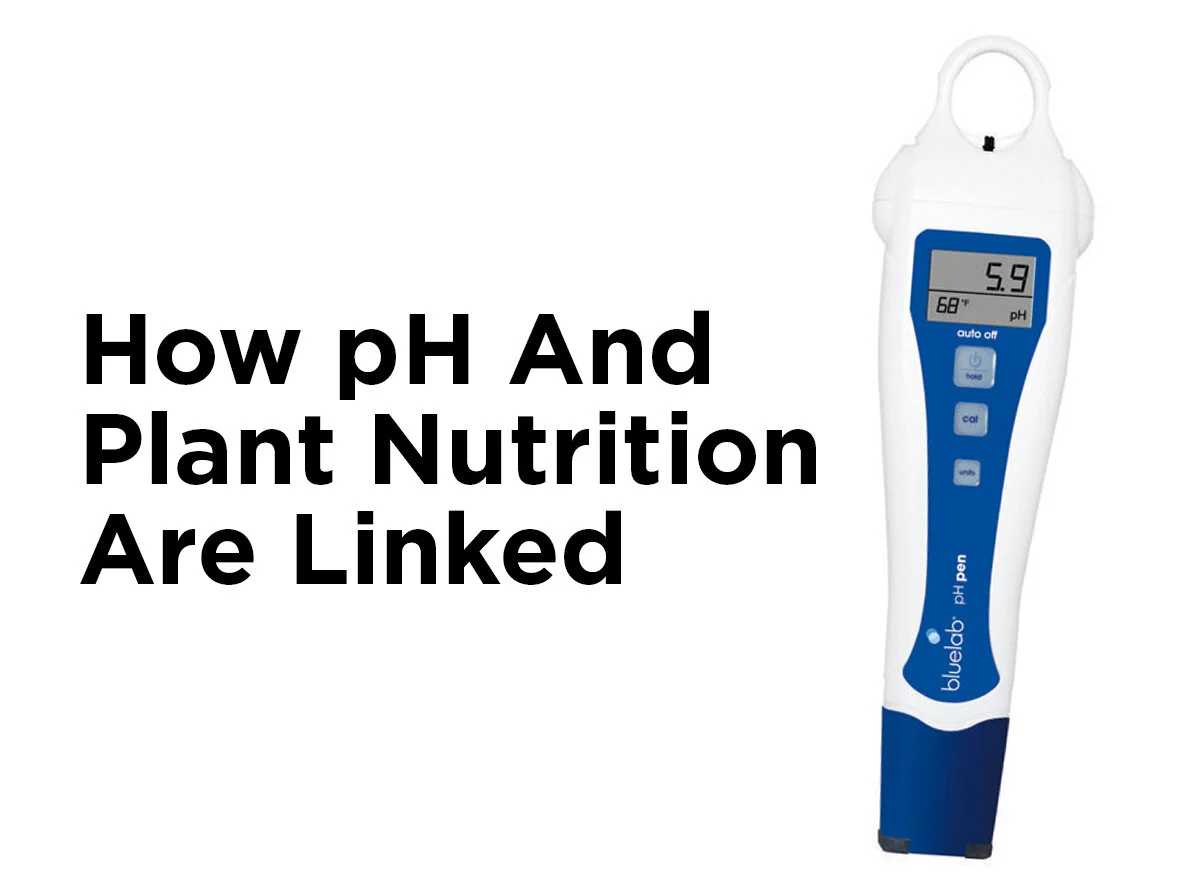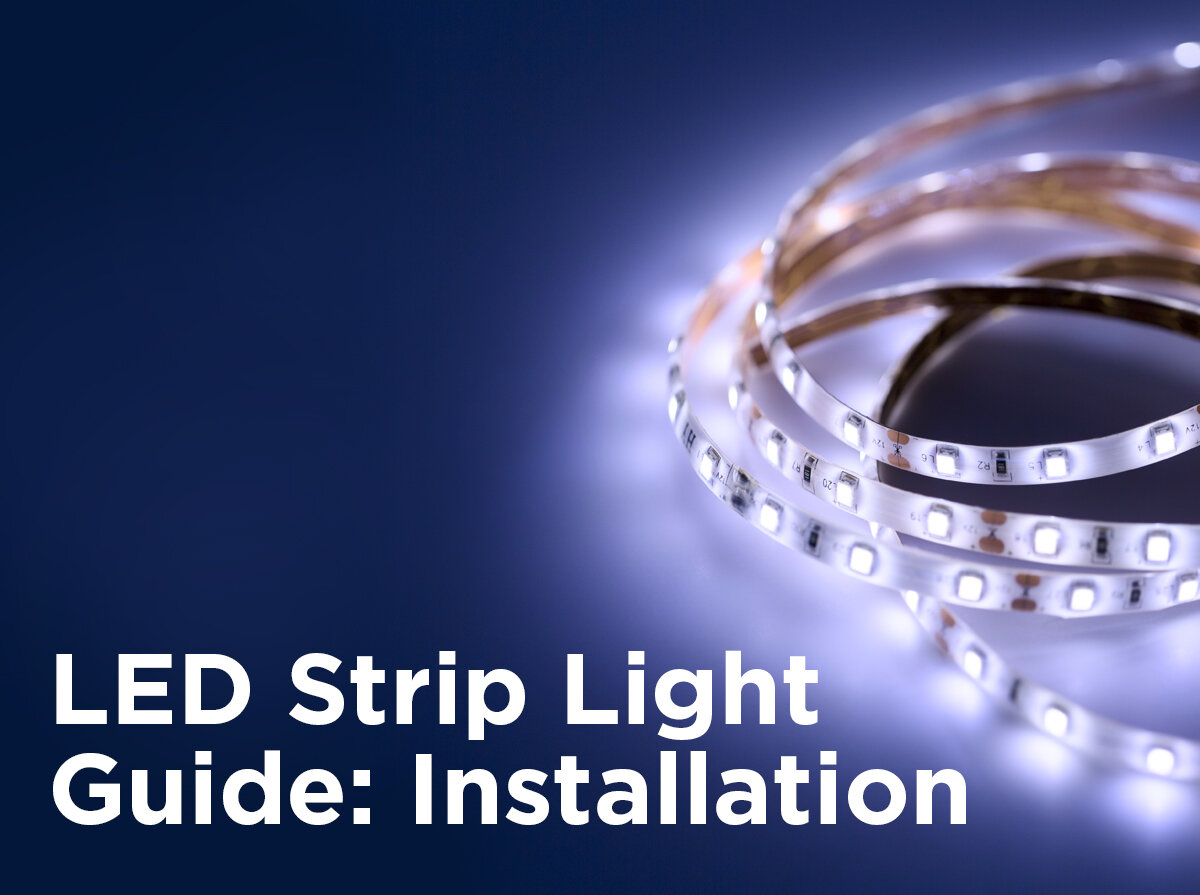How pH and Plant Nutrition are Linked
We’ve mentioned water and soil pH many times before in previous hydroponics articles. But we’ve never really covered why pH values are important or how they affect your plants. So today, let’s break out some light chemistry and go over what a pH value is and how you can balance it for healthier plants.
What is pH?
Measuring the pH value of the water in your garden is a test for whether it is an acid or a base on a sliding scale of 0 to 14. The balance of hydrogen (H-) ions or hydroxide (OH-) ions determines whether an item is more acidic or basic, respectively. Water itself contains both an H- and an OH- ion since it is composed of H2O molecules, or two hydrogen atoms and an oxygen atom. Completely pure water has a pH value of 7, or neutral. This neutral balance is affected by minerals within the water that add or remove H- or OH- ions by bonding to the water molecules. When water loses an H- ion, it becomes more basic, and when it loses an OH- ion it becomes more acidic. In a soil based garden, if your water is too acidic or basic, your soil will be as well and vice versa.
How is pH Affected by Nutrition?
Nutrients that are more basic will bond with the H- ions in water to raise the pH value. As you add fertilizers or nutrients to your garden, you may notice an increase or decrease in the pH level of the soil or water in your garden. Take a look at the chart. The ideal pH value for plants will vary based on what you’re growing, but it rests somewhere between 5.5 to 7. Within this range you’ll find that there is a substantial amount of both the primary and secondary nutrients necessary for healthy growth of your plants. But each of these individual nutrients is either more basic or more acidic than water, so the pH level of your soil, water, or hydroponic solution changes as you add these nutrients.
By the same token, as the pH value changes, your plant becomes more or less effective at nutrient uptake for certain types of nutrients. As seen in the chart above, as a solution becomes more acidic or basic, it becomes harder for a plant to uptake nitrogen. This is true of all plants but varies in intensity from plant to plant. Because of this, trying to resolve deficiencies by adding large amounts of nutrients can often make the problem worse through extreme pH changes. Whenever you are trying to treat a nutrient deficiency, you must always monitor and maintain the pH balance of your plants to ensure that they will uptake the new nutrients.
Can a pH Balance be Fixed?
The short answer is yes. By adding elements that take H- or OH- ions, you can shift your grow medium or solution up or down in pH value. For example, a common method for rebalancing soil pH that’s too acidic is adding the mineral lime, which will bond with the H- ions. In soil, this is often done roughly two weeks prior to planting. Most fertilizers and nutrients are slightly acidic and will lower pH values, which means fixing soil or a solution that is too basic is very uncommon. If you find yourself in a situation where adding standard nutrients to re-balance the soil pH isn’t advisable, sulfur or gypsum can be used to lower the pH value.
In a hydroponics garden, pH values are much easier to control than in a normal soil-based garden. You should regularly test the pH level of your nutrient solution (or grow medium if you’re using one) to ensure proper uptake of nutrients. If the pH values are too high or low, you can directly adjust the solution, or simply flush the growing medium or root system with pure water before re-introducing a new nutrient solution.
Pro Tip: A good way to maintain healthy plants is to run two nutrient watering cycles containing your fertilized solution, then use a pH balancing solution or pure water flush every third cycle.
So now you know what’s up or down with pH values. Think I missed something important? Let me know in the comments below. Or if you have a favorite method for monitoring or balancing pH values, tell us about it below or using Facebook, Twitter, LinkedIn, Pinterest, or Instagram!







